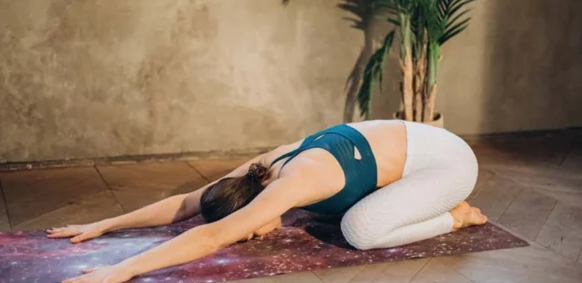
Attention Deficit Hyperactivity Disorder (ADHD) is a kind of neuro-developmental disorder, which is apparent from childhood and can also be present in adults. Mostly, ADHD symptoms include concentration deficits, impulsive behavior, restlessness, and emotional dysregulation. People with ADHD have to face the fact that they will always struggle to center, focus, and calm themselves in a chaotic overstimulating world. Commonly, the kind of popular treatment availed for such conditions is medication or therapy; however, today, there is also a growing number of parents and individuals resorting to more holistic approaches in symptom management, such as yoga. Introduction to ADHD Yoga is emerging as one of the transformative modes of holding the imbalance and enhancing clarity in mind.
ADHD Yoga is the merging of physical movement with deep breathing and mindfulness practice. It can be very useful for people in whom the head is always active, and the body is always on the move. To someone who is accustomed to high-intensity workouts that crank up adrenaline, yoga may have the opposite effect by generating a rhythm that calms and slows down the nervous system. Practicing yoga regularly has taught the average brain a thing or two: to remain always present and centered. This attention can mean even more for people with attention-deficit hyperactivity disorder since it helps to form stronger neural pathways that would be associated with focus and emotional control.
ADHD Yoga transforms hyperactive energies into more productive, soothing movements: The most striking feature of the art of ADHD yoga is the spectra or ability to transform hyperactive energies into more productive, soothing movements. The smooth flow sequences with yoga poses like sun salutation, balancing poses, and frontward bends work the energy affording the mind to release mental tension. It diminishes restlessness and fidgeting by allowing the body to outlet it; thus, the mind remains calm. In addition to all these effects, yoga could become an amusing practice turned into a fun and interesting adoption for young boys who find exchanging frustration of very hyperactive behavior with joy through the process of self-awareness.
The major breath practices or pranayamas for ADHD Yoga. Some breathing practices such as alternate nostril breathing or deep belly breathing, on the other hand, will swing the nervous system from the fight-or-flight response to a state of rest. These practices activate the parasympathetic nervous system, thereby internally calming oneself. Long-term use would have the person define his or her breath as the tool in accessing control during stressful times, improving impulse control through mental quiet.
Mindfulness components in yoga, including scans through the body, silent moments between poses, perhaps even guided meditation, teach the ADHD mind how to slow down and pay attention to right now. That’s how impulsivity can be decreased, and attention improved in children or adults.
Yoga is not only about physical elasticity but also emotional strength. The handicap of ADHD, coupled with certain social discomforts and generally low self-esteem, makes ADHD Yoga attractive, where children can succeed, develop, and feel at home without judgment. The completion of each pose is seen as a small victory for self-confidence. That inward focus and contention are also interior components of emotional resilience – learning acceptance, patience, and self-compassion, which are all needed for lifelong conversion of ADHD.
Read more: Bikram Yoga: 26 Poses for Wellness, Benefits, and Full Breakdown.
Routine becomes essential for people with ADHD. A consistent yoga practice might provide a format for a calming beginning or end to each day. Involving ADHD Yoga into their daily life-intake of about 15-30 minutes-will practically go a long way toward being able to measure improvements in mood regulation, attention, and sleep. Yoga may also be used with children with ADHD as a part of their fun playtime, which makes them feel more secure and centered before bed.
This teaching provides a good-sized fast flexibility in physical ability. However, this also speaks to an excellent avenue to focusing on emotional calm and lasting inner stillness. Be it a small child, a teenager, or an adult, movement, breath, and mindfulness come together to create a nurturing space in which the scattered mind can come back to the body. Over time, this trains a person to cope naturally with the most salient symptoms pertaining to ADHD and becomes patient enough to live a balanced and centered life without mere dependency on medication. ADHD yoga goes beyond exercise with consistency, patience, and practice—it becomes healing during that inward journey.